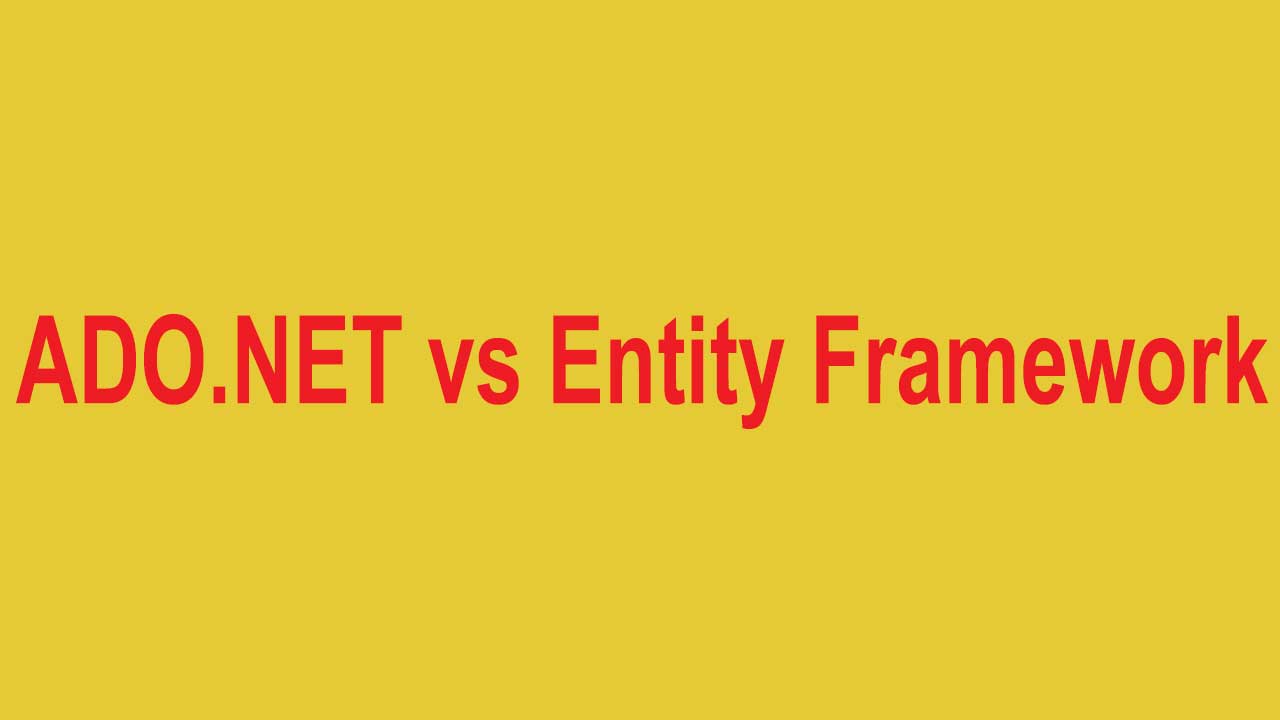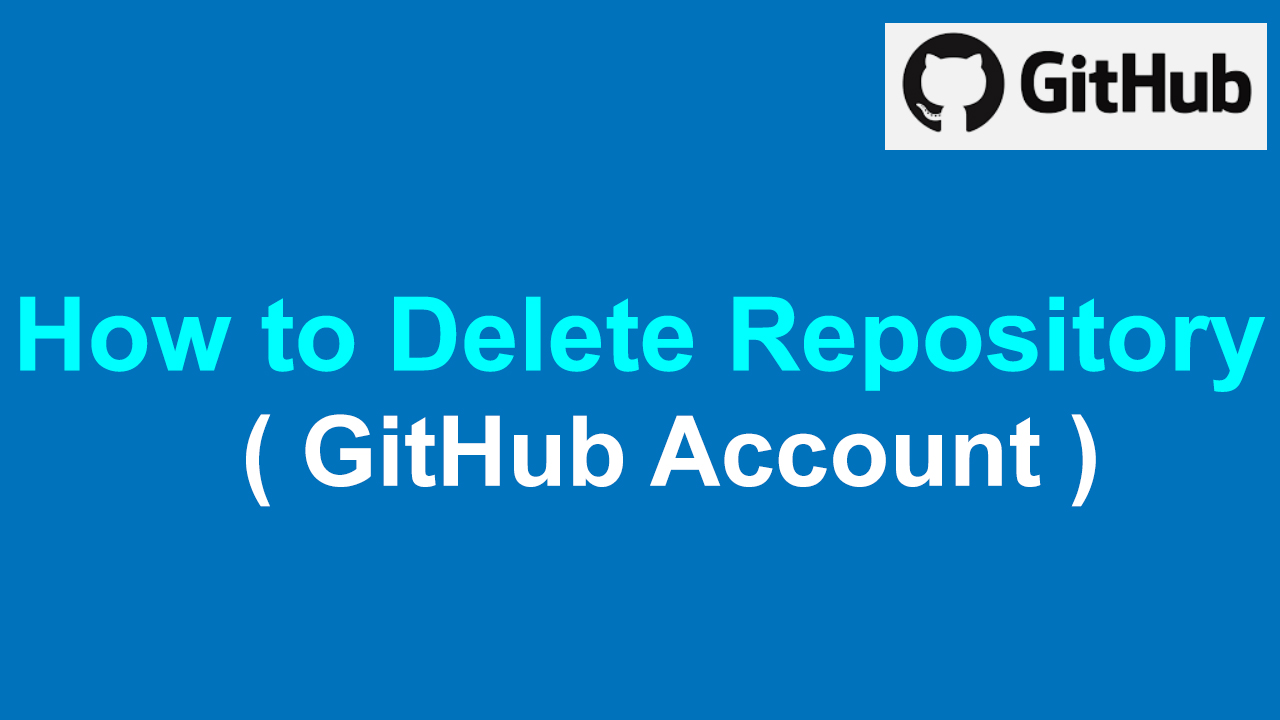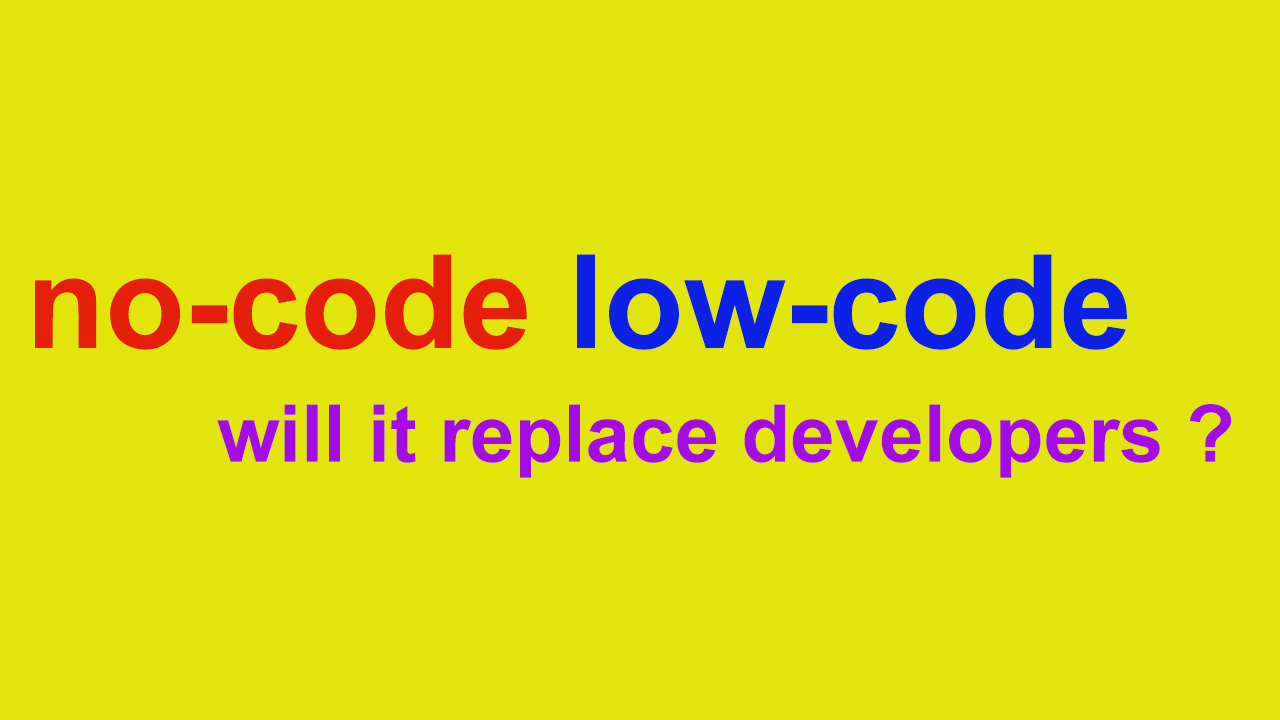ADO.NET vs Entity Framework core
In this article we are going to highlight the core difference between Microsoft ADO.net and Enity Framework core. Both the entity is used for database connectivity and to peform database related activities like Add , Update, Read, Delete and other data feching or bulk reporting activities.
Before we get into understanding the difference let's first understand their key features in detail :-
ADO.NET
ActiveX Data Object (ADO) is shipped with .NET component released by Microsoft. ADO.net provides the capability to connect with Relational as well as Non-Relational database and perform various database related activities (Fetch, Update, Delete or Add).
ADO.NET provides a well structued object oriented class that provide capability to connect and execute query as well as invoke the stored procedures directly available in database. The result fetched through ADO.net is returned in DataReader or Dataset format. The dataset obejcts provides advantage of using the data returned in disconnected or offline manner so you don't need to always have the database connection opened always. Similarly DataReader is forward-Only read format result set providing faster reterival of data from database.
Primarily ADO.net provides direct connectivity to database providing better performance on database activity and full control of data operations
Key Features of ADO.NET
DotNet Managed Code
ADO.NET classes are managed code i.e. they take advanatage of common CLR (Common Language Runtime). Having the CLR as common layer provides common usage of API's for example if you have written code in C# language then the same can be used in VB.NET . Another important and distant feature is of freeing up resource that is managed automatically by CLR (Disposing of Objects).
Common Data Access API
ADO.net provides different set of classes for connecting different data providers however the underlying code works the same work.
Bulk Copy Operations
ADO.net provides this wonderful features enables to perform faster way to transfer set of records from one datasource to another.
Easy Deployment
Previous versions of ADO.net i.e. ADO, ODBC, DAO provided cumbersome way to distribute the required libraries during deployment process however with ADO.NET distributable component takes care of it.
Performance and Scalability
Since ADO.net provides disconnected cached data in XML , it provides the required performance and scalability required in application development specially when it comes to web based solutions
Support of LINQ to Dataset and LINQ to SQL
ADO.net provides support to query the Dataset in disconnected mode using the LINQ to database by written code in C# similary it also powers the execution of SQL query against the database without middle layer code using LINQ to SQL API's
Entity Framework
Entity Framework is open source ORM framework where ORM stands for Object Relational Mapping. According to Microsoft documentation, EF bundles up with the capability to automate all types of database releted activities like Adding , Update, Read and Delete without even writing single line of code. EF provides the easy to setup and start working with underlying database with the help of domain-specific class objects ( class where you define your get,set properies ).
So using the EF framework, developers can work at higher level of abstraction when it comes to dealing with database related activites and also using this framework you will have less code compared with traditional way of dealing with database related activities.
Key Features of Entity Framework
Migration
EF core provides set of command line that can be executed using the NuGet package manager. These command will seamlessly create the required database tables and columns basis the domain specific class (Property Set/Get) . Commands like Add-Migration "Userdefinedname" , Update-Database , Remove migration etc.
Model Class
Entity Framework creates database objects, fetches data as well as saves using plain domain class where properties i.e. get and set is defined along with annotation or attributes defined in Domain/Entity class model
Database Queries
You can use LINQ queries (C#/VB.NET) to reterieve data from the underlying database. EF core will transfer your LINQ queries into database specific query language and execute against the database.
Audit Track of Database Changes
EF maintain all the changes done to database objects automatically in EF Migration History table in underlying database
Caching of Database for Faster Fetch Operations
By default, Entity Framework will catch the data during the fetching operations, then after the first time it will return data from the cache instance instead of hitting the database.
Key Differene of ADO.NET and Entity Framework
| ADO.NET | Entity Framework | |
| Establishes a direction database connection with Relational or NoN-Relational database and application | - | It provides an ORM (Object Relational Mapping) over ADO.NET |
| Directly connected to underlying database | - | Translates LINQ queries to SQL and then connects to database to execute the same |
| Complete control over data access layer providing one to create method, procedures, queries from scratch | - | Requires the data model classes and creates the database context class automatically |
| It is very flexible in terms of creating and managing raw SQL queries | - | Always depends on LINQ queries which returns data entity model class type |
With this we have covered the features and key difference between ADO.NET and Entity Framework. One should do the selection basis the type of database operations or nature of interactions you will perform with your underlying database. For Example if you have more of CRUD (Create, Read, Update and Delete ) operations then it's ideal to go with Entity Framework since it provides automation and minimum lines of code.
Hope you liked the article and please do subscribe to receive such articles posted on Digital TechJoint and click here to subscribe to our YouTube channel
Thanks for Visiting Digital TechJoint :-)






